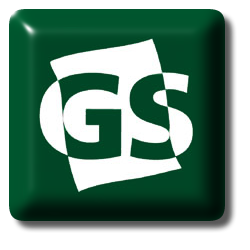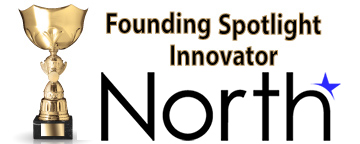 News from the Wire
News from the Wire
EU–US trade: 15% tariffs on key European exports
Monday, July 28, 2025 — 15:29:45 (UTC)
Brussels, 28 July 2025 – The European Union and United States have reached a long-anticipated trade agreement, imposing a new 15 per cent tariff baseline on the majority of European exports to the US.
While the deal avoids the previously threatened 30–50 per cent tariffs on EU goods, it represents a significant rise from pre-2025 levels of just 1–2 per cent, triggering concern among procurement leaders, compliance teams, and financial planners, and dealing a blow to Europe’s export-heavy industries.
The agreement introduces new tariff terms while securing exemptions for selected sectors such as aerospace, generics, semiconductor equipment, and critical raw materials. However, it offers no immediate relief for high-value goods, including automobiles, pharmaceuticals, electronics, and industrial machinery.
In exchange, the EU has committed to over $1 trillion in US investment, including $750 billion in energy and defence contracts and $600 billion in infrastructure and supply chain partnerships. The deal is widely seen as a political compromise rather than a detailed framework for trade simplification.
Despite softening the blow of threatened tariffs, the new terms are expected to increase costs and disrupt margins across multiple industries. While EU officials have welcomed the avoidance of an outright trade war, business leaders, particularly in Germany and France, warn that the 15 per cent baseline could undermine competitiveness, especially for small and mid-sized manufacturers.
Mark McCarthy, Chief Revenue Officer at Basware, commented: "Trade wars and tariff uncertainty introduce volatility into the global economy. For major enterprises, especially those with complex supply chains or international footprints, this creates hesitation around IT spending. CIOs and CFOs may want to delay large IT investments, reassess strategic priorities and scrutinize every dollar of spend.
Organizations are working on contingencies, but in a turbulent environment, smart enterprises don't stop investing, they get more focused on their spending and look for greater ROI on every purchase. This means looking to drive even more cost efficiency, investing in areas to mitigate operational risk, accelerating automation to do more with less, and increasing agility and visibility over the tech stack.
Supply chains are not nimble as we saw during the pandemic, so CIOs and CFOs will also be considering suppliers that have the skills to handle the complex tax and tariff landscape. Combining technology solutions with tax compliance and skills will be vital in the near future as these tariffs come into effect.
Steel and aluminium tariffs will remain at 50 per cent, despite expectations for broader relief. Officials from both sides have suggested that quota-based models may be introduced in future talks, but no formal pathways have been outlined. In the meantime, businesses across the EU have voiced concern over long-term policy stability, with the current agreement offering political optics over economic certainty.
For companies operating across European and US markets, the new tariff structure introduces friction into procurement processes, supplier relationships, and cost forecasting. The added complexity is expected to drive demand for automation, real-time spend visibility, and proactive compliance monitoring as organisations seek to stay ahead of shifting regulations.
Michael Joseph, Compliance Expert at Napier AI, commented: “Tariffs create a breeding ground for financial crime. Fluctuating tariffs, while designed to serve economic and national security objectives, have created unintended consequences. As supply chains reorganize in response, new vulnerabilities for money laundering and other financial crimes have emerged. Our research shows that money laundering and terrorist financing cost the US economy over $600 billion per year on average.”
“Tariff differentials between countries create strong incentives for trade diversion and misrepresentation. When goods face a 10% tariff from one country but potentially up to 145% from another, criminal organizations can exploit these differences through invoice manipulation, falsifying country of origin documentation, or routing shipments through third countries to conceal their true origin. These techniques are hallmarks of trade-based money laundering but can become more difficult to detect during periods of extreme volatility.”
“The coming years will require increased vigilance, technological innovation, and cross-border collaboration to address these emerging threats. For compliance professionals, this environment represents not just a challenge but an opportunity to demonstrate the critical value of financial crime prevention in an increasingly complex global economy.”
Although the agreement avoids immediate escalation, many sectors and regulatory bodies face months of operational ambiguity. Both the EU and US have indicated that further refinements may follow, but for now, businesses must navigate a trade landscape shaped as much by diplomacy as by detail.
Economic analysts caution that sustained 15% tariffs could increase costs for consumers and businesses, dent export competitiveness, and strain supply chains unless further concessions follow.
Notice to readers: These are archived articles. Contact information, links and other details may be out of date. We regret any inconvenience.
Source: Company press release. 
Categories: Announcement




